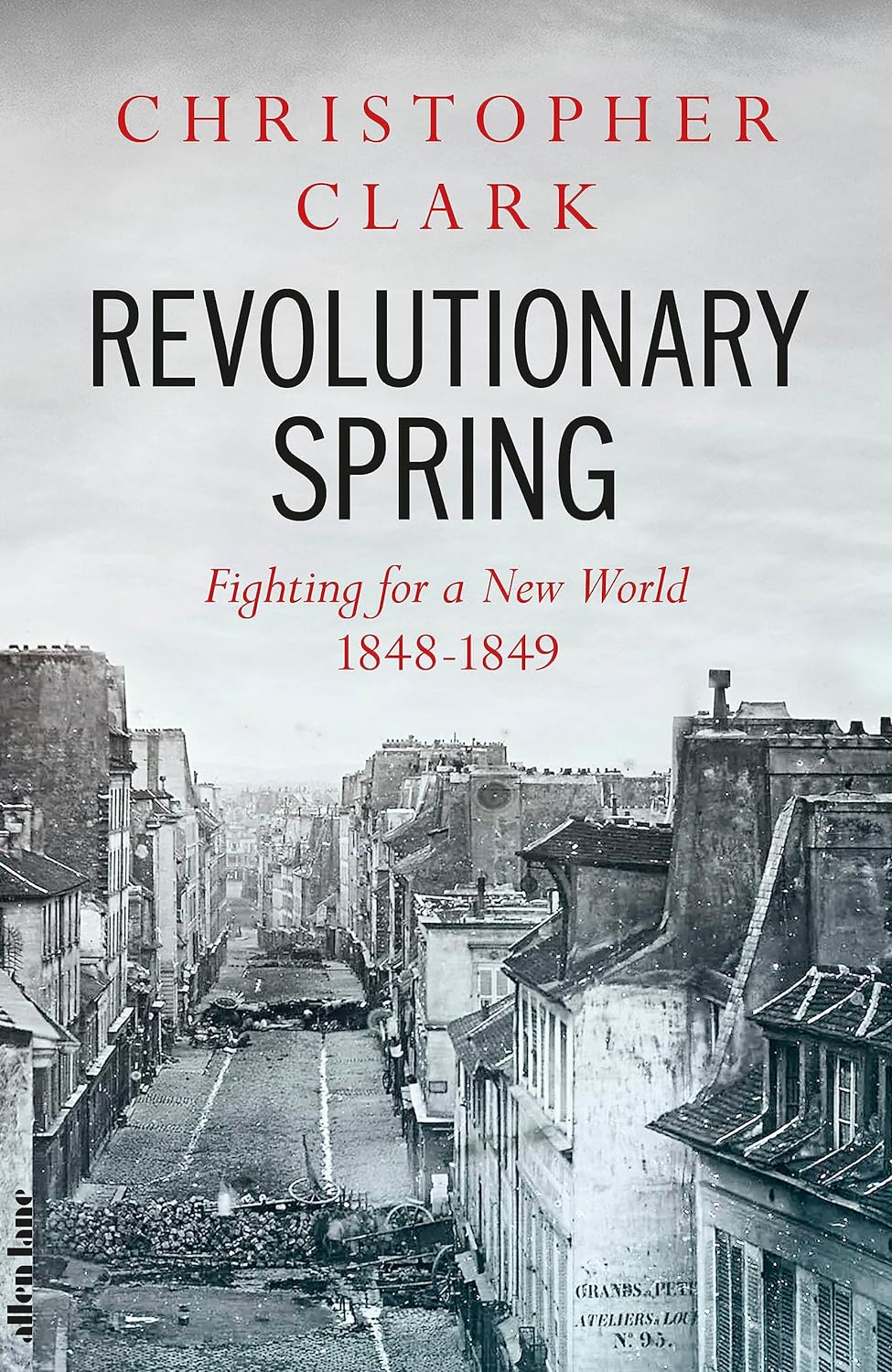Review: 1848 – the year of revolutions

1848, sometimes known as The Springtime of the Peoples, saw revolutionary fervour sweep across Europe and the ominous publication by Karl Marx and Friedrich Engels of The Communist Manifesto. Robert Shiels finds a new history of this European turning point by the eminent historian Sir Christopher Clark compelling and impressive.
This monumental book deals thoroughly with the disparate causes and consequences of the many revolutions of 1848 across Europe. In major cities huge crowds gathered, often peacefully and sometimes very violently, and much of the existing political order in place since the defeat of Napoleon simply collapsed.
Far from being violent failures, these upheavals to established order in many countries produced swift and lasting constitutional changes. There were also, however, numerous tough uncompromising reactions to revolution, and in some countries there was severe retribution.
Neither Britain nor Ireland appear in the maps on the endpapers nor do the countries feature much given that there was no physical revolution here. It would be a mistake, however, to assume all was well in Britain: rapid industrialisation and low wages and general social upheaval with the movement of people left the authorities in turmoil.
The older literature of this era argued that countries in north-western Europe escaped revolution in 1848 because the appetite of their populations for political and social reform was already sated. That explanation is probably too simplistic now.
The Chartists were a significant working class political movement and therefore a force to be reckoned with. They succeeded better than any of their continental counterparts in integrating dissenting opinion and bringing it to the attention of a broad public.
However, the professor does suggest that Britain came closer to an immediate revolutionary crisis than what he calls the ‘cheerful condescension’ of these later histories of events suggest.
The sustained narrative of the book covering many countries is as relentless as the revolutions themselves. Some monarchs simply gave up at once, others fought bitterly, but everywhere new politicians, beliefs and expectations surged forward.
This history of events may also differ from earlier ones in giving closer attention to the role of women in society, the end of slavery, the right to work, national independence and the emancipation of the Jews which had all become contemporary issues.
Perhaps the only obvious criticism that may be made of this book is the lack of an overall timeline. The narrative deals with such a vast number of major events many occurring at about the same time. Keeping track of the progression of so much activity can be difficult.
The revolutions of 1848 are often dealt with only in the course of a wider study or narrative. That may continue as it seems unlikely that anyone else will be able to match or better Sir Christopher Clark’s contribution to our understanding of this essential point in the history of late modern Europe.
Revolutionary Spring: Fighting for a New World 1848-1849 by Christopher Clark. Published by Allen Lane, 2023, 873 pp.









